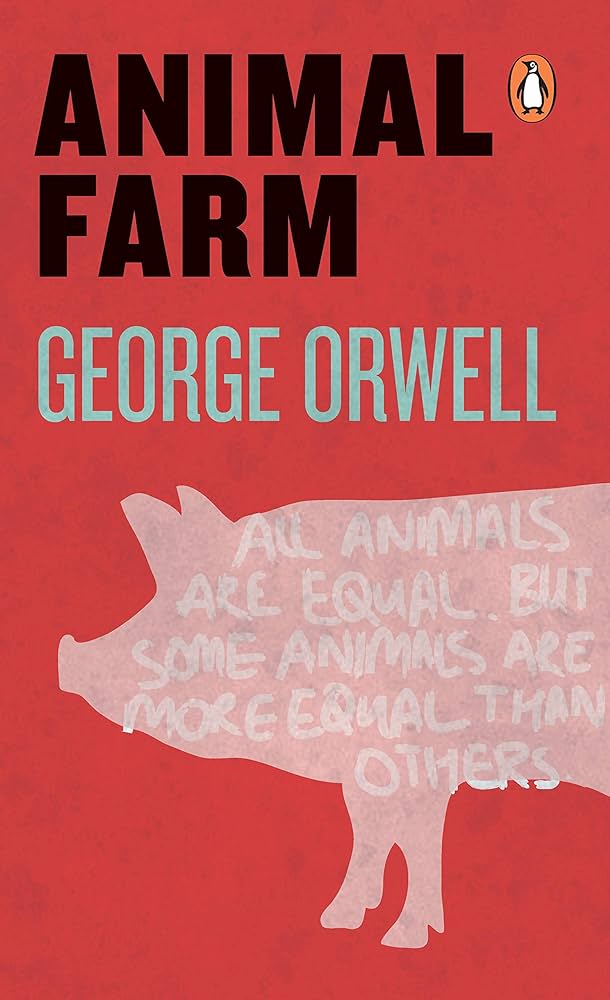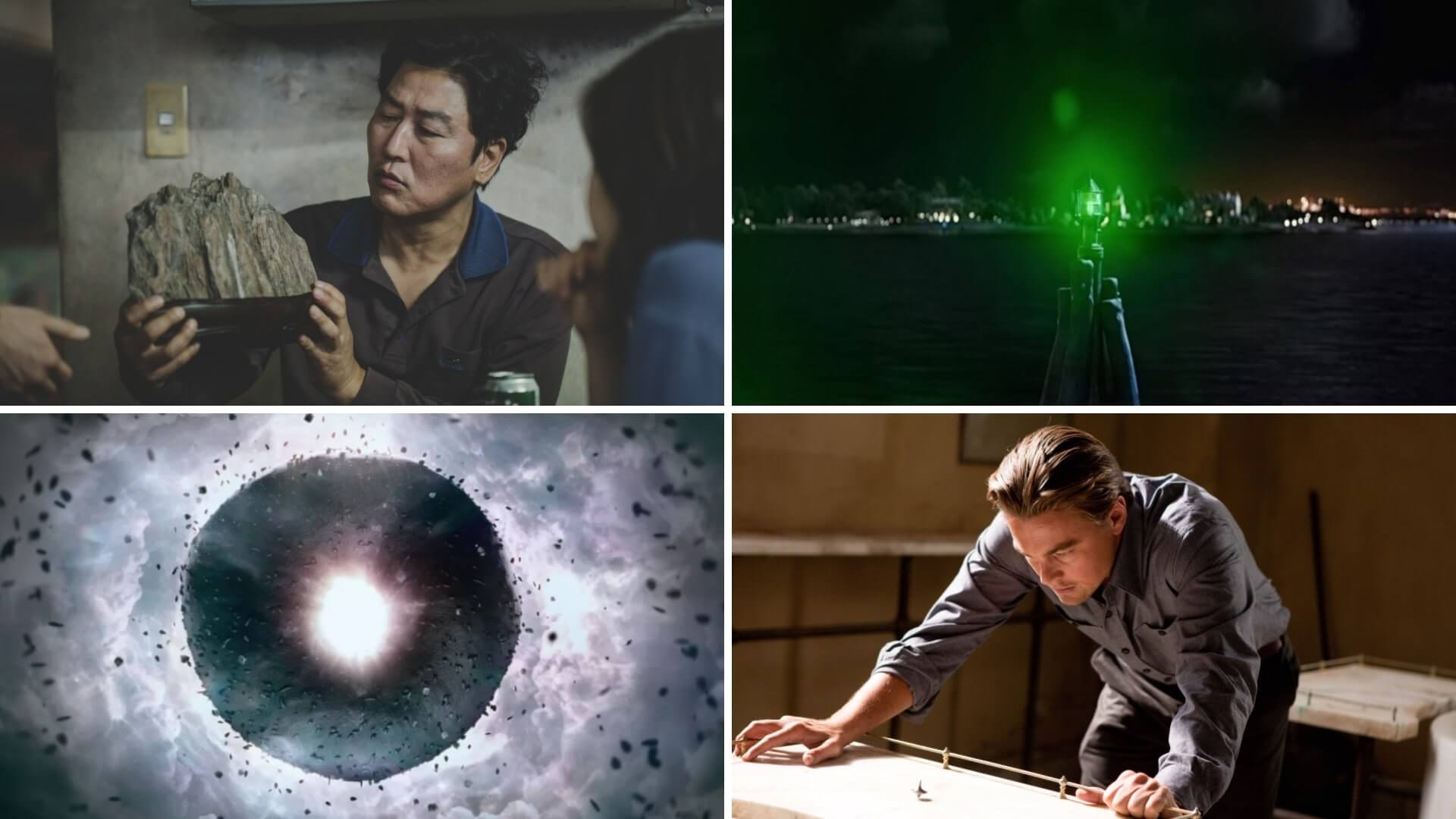H
ave you ever wondered why the mockingbird sings in Harper Lee’s classic, or what the green light at the end of the dock means in The Great Gatsby? Or perhaps you’ve pondered on the deeper significance of the spinning top in Christopher Nolan’s Inception. These aren’t just random elements thrown into the mix to make the story intriguing. They are symbols — powerful tools that authors and filmmakers use to convey profound meanings subtly yet impactfully. Let’s uncover the types of symbolism that often go unnoticed yet hold the power to transform a simple tale into an unforgettable masterpiece.
What is Symbolism?
First, let’s define symbolism
Symbolism is the secret language of storytelling, adding depth and layers to what appears on the surface. It's akin to finding hidden treasure within a story, enriching our understanding and enhancing our appreciation of the narrative.
But why is symbolism so important, and how does it contribute to the overall value of a story? Let's explore this in more detail starting with the definition.
SYMBOLISM DEFINITION
What is a symbolism?
Symbolism is the use of symbols to represent abstract ideas or concepts. These symbols can be objects, actions, colors, or even characters that carry a deeper meaning beyond their literal definition. They serve as a bridge between the real and the imaginary, allowing readers or viewers to connect with and interpret the story on a more personal level.
For example, in F. Scott Fitzgerald's novel, The Great Gatsby, the green light symbolizes the unattainable American Dream and serves as a metaphor for hope and longing. In film, the spinning top in Inception represents reality, with its ultimate fate becoming a subject of interpretation and debate for viewers.
What is Symbolism Used For?
- Conveying abstract concepts
- Enhancing narrative depth
- Revealing character psychology
- Engaging reader interpretation
Now that we have a comprehensive understanding of symbolism, let's delve into the various types that authors and filmmakers employ in their narratives. These types of symbolism heavily depend on the story being told and the underlying concepts and themes being explored.
The Value of Symbolism
Importance of symbolism
The importance of symbolism in storytelling cannot be overstated. Symbolism is a powerful storytelling technique that uses symbols to convey specific themes or concepts. It transforms complex ideas into relatable forms, adding depth to the narrative.
A single symbol holds immense meaning, representing an entire theme or concept. It evolves alongside the plot and characters, reinforcing the underlying theme. This creative approach engages the audience on multiple levels, making profound ideas resonate.

Parasite is full of symbolism
Let's explore an example of thematic symbolism in the film Everything Everywhere All At Once. In the film, the symbol of a circle is used throughout the narrative to symbolize, well, everything — the everything that overwhelms the films characters and the balance of life.
Ways to Layer Theme into a Screenplay • Subscribe on YouTube
Symbolism, when used effectively, can elevate a story from mere plot progression to a deeper exploration of life's complexities and contradictions. It invites readers or viewers to engage more deeply with the work, discovering layers of meaning beneath the surface narrative.
So, what types of symbolism can be used to achieve this?
Visual Types of Symbolism
Color symbolism
Color symbolism is the use of color to represent abstract ideas or concepts throughout a narrative. Colors often carry emotional or cultural connotations that can subtly signify deeper meanings, making them a powerful tool in storytelling.
Color Theory in Film • Subscribe on YouTube
Symbolism through colors is universally appealing. Colors, being a global language, are understood by everyone regardless of cultural background.
Color theory is used to evoke emotions, set the mood, and reflect a character's internal state. Additionally, colors can convey specific ideas based on the context in which they are used.
In the Mood for Love by Wong Kar-wai
In cinema, color symbolism is used extensively by auteur filmmaker Stanley Kubrick's. For example, in The Shining the recurring use of the color red, often associated with danger or warning, contributes to the film's intense and haunting atmosphere. From the eerie red bathroom to the gory "REDRUM" scene, the color red permeates the film, hinting at the impending doom.
The Colors of Stanley Kubrick • Subscribe on YouTube
In literature, Nathaniel Hawthorne's novel, The Scarlet Letter, uses the color red to symbolize sin, guilt, and passion. The protagonist, Hester Prynne, is made to wear a bright red "A" as a punishment for her adulterous affair, which becomes a symbol of her sin.
Color symbolism, when used adeptly, evolves beyond mere decorative elements in a narrative. It becomes a silent yet potent communicator, adding layers of complexity, enhancing the depth of the narrative, and revealing the intricate tapestry of the story's undercurrents.
Related Posts
Character-Driven Types of Symbolism
Character symbolism
Character symbolism uses symbols to represent a character's traits or growth in a story. These symbols can be objects, actions, or events that capture the essence of the character or highlight aspects of their journey. By using character symbolism, authors and filmmakers can enrich the portrayal of characters and subtly explore complex development.
In the film Forrest Gump, the feather symbolizes Forrest's life journey and his philosophy that "life is like a box of chocolates."
Like the feather carried by the wind, Forrest is carried through life by circumstances beyond his control. Yet, he approaches each situation with optimism and resilience, mirroring his journey from childhood to adventures in Vietnam and beyond.
Forrest Gump Explained · What the Feather Means
Character symbolism plays a crucial role in allowing audiences and readers to connect with a character's journey in a captivating and relatable way. By using character symbolism, authors and filmmakers have the power to create impactful characters that leave a lasting impression.
Conceptual Types of Symbolism
Religious & spiritual symbolism
Religious symbolism is a literary device that authors employ to imbue their narratives with deeper spiritual significance. Using symbols that represent religious ideas, beliefs, or practices, writers can enhance the overall meaning of a story, offering readers a more profound understanding of the religious themes interwoven within the plot.
Religious symbolism isn't just about adding a layer of complexity to the narrative; it's also a way for authors to invite readers into a conversation about spirituality, faith, and morality. These symbols can serve as a bridge between the tangible world of the narrative and the intangible realm of spiritual concepts, allowing readers to explore these ideas in a more accessible and engaging way.
The Matrix employs religious symbolism extensively. The film's protagonist, Neo, is a symbol of religious saviors or messiahs. Throughout the film, references to Neo as a messianic figure are made, including being referred to as "The One" — a savior prophesied to end the war and liberate humans.
Symbolism in The Matrix
Neo's death and resurrection in the first film also mirror the death and resurrection of Christ in Christian theology, reinforcing the religious symbolism. This usage of religious symbolism adds a deeper layer to the narrative, encouraging viewers to explore the philosophical and spiritual themes inherent in the film.
Religious symbolism enhances narratives, providing readers with an opportunity to reflect on and explore spiritual and moral inquiries.
Different Types of Symbolism in Story
Nature symbolism
Picture this: You're reading a book or watching a film, and you notice the author or director seems to have an unusual fascination with a particular natural element. Perhaps it's a towering mountain range, a serene river, or a single, stubborn oak tree standing alone in a field. It's not just set dressing, but rather a hint towards something deeper. This is nature symbolism at work.
Nature symbolism is the use of natural elements to represent deeper meanings, ideas, or emotions in a narrative. It's a literary technique that employs the imagery of the natural world, like trees, rivers, or animals, to symbolize complex human experiences and emotions.
An amazing example of rain as a symbol of freedom can be seen in the film The Shawshank Redemption. In this powerful scene, Andy Dufresne stands with his arms wide open, embracing the pouring rain as it washes away the burdens of his past.
Shawshank Redemption
Through the raindrops, we witness his liberation and the transformative power of nature. It is a poignant moment that beautifully captures the essence of freedom amid adversity.
Types of Symbolism for Characters
Animal symbolism
Animal symbolism is used in various mediums to convey deeper meanings, evoke emotions, and explore themes. Animals, in their diverse forms, can serve as potent symbols, representing a wide range of concepts.
Why animals? Our preconceived ideas of animals often serve the way authors and filmmakers use them as symbols.
For example, George Orwell's allegorical novel Animal Farm employs a variety of farm animals to symbolize different classes within society and to critique the corruption of socialist ideals in Stalinist Russia. The pigs, for example, represent the ruling class exploiting others for their benefit, while Boxer, the hardworking horse, symbolizes the exploited working class.
Animal Farm
Switching gears to film, Jordan Peele's critically acclaimed movie Get Out uses the deer as a powerful symbol. Early in the film, the protagonists hit a deer with their car, an event that foreshadows the disturbing discoveries to come.
The deer, in this case, represents several things. It symbolizes the protagonist Chris's mother, who was also hit by a car and left to die on the side of the road. Furthermore, it symbolizes the black victims in the movie, who, like the deer, are hunted and treated as game.
Types of Symbolism in Props and Objects
Object symbolism
Object symbolism is a powerful tool used in storytelling across various art forms like literature, film, theater, and visual art. It adds depth and richness to narratives by assigning symbolic meaning to everyday objects.
You can find examples of symbolism in objects throughout literature, such as The Great Gatsby with The Green Light, The Scarlet Letter with The Scarlet Letter itself, The Lord of the Rings with The One Ring, and The Hunger Games with The Mockingjay. It's fascinating how these objects convey complex ideas, emotions, and themes, making the stories even more captivating.
In film, there is the iconic rose in Beauty and the Beast, representing love and inner beauty.
In Citizen Kane, Orson Welles' iconic film, the word "Rosebud" represents lost innocence and longing for simplicity amidst wealth and power.
In the Coen Brothers’ No Country for Old Men, based on Cormac McCarthy’s novel of the same name, the coin serves as a potent symbol, representing the enigmatic forces of fate and the capricious nature of life itself.The Coin Toss · No Country for Old Men
These examples show how object symbolism can bring character motivations to light, highlight themes, and intensify the emotional impact of a story.
There are a few storytelling devices that can elevate a piece of work from good to timeless, from ordinary to impactful. Symbolism has the power to do just that. Whether it's subtle or obvious, symbolism adds immense depth that enhances the storytelling experience.
As you consume more stories in literature and film, look for symbolism and analyze how they are used. This is what makes ordinary writers and filmmakers extraordinary — the ability to incorporate symbolism effectively into their work.
Up Next
What is an Allegory?
But what happens when an entire story itself becomes an extended symbol, delivering a larger, more complex message? We'll delve deeper into this concept in our next article.
Up Next: How Writers Use Allegory →
Showcase your vision with elegant shot lists and storyboards.
Create robust and customizable shot lists. Upload images to make storyboards and slideshows.
